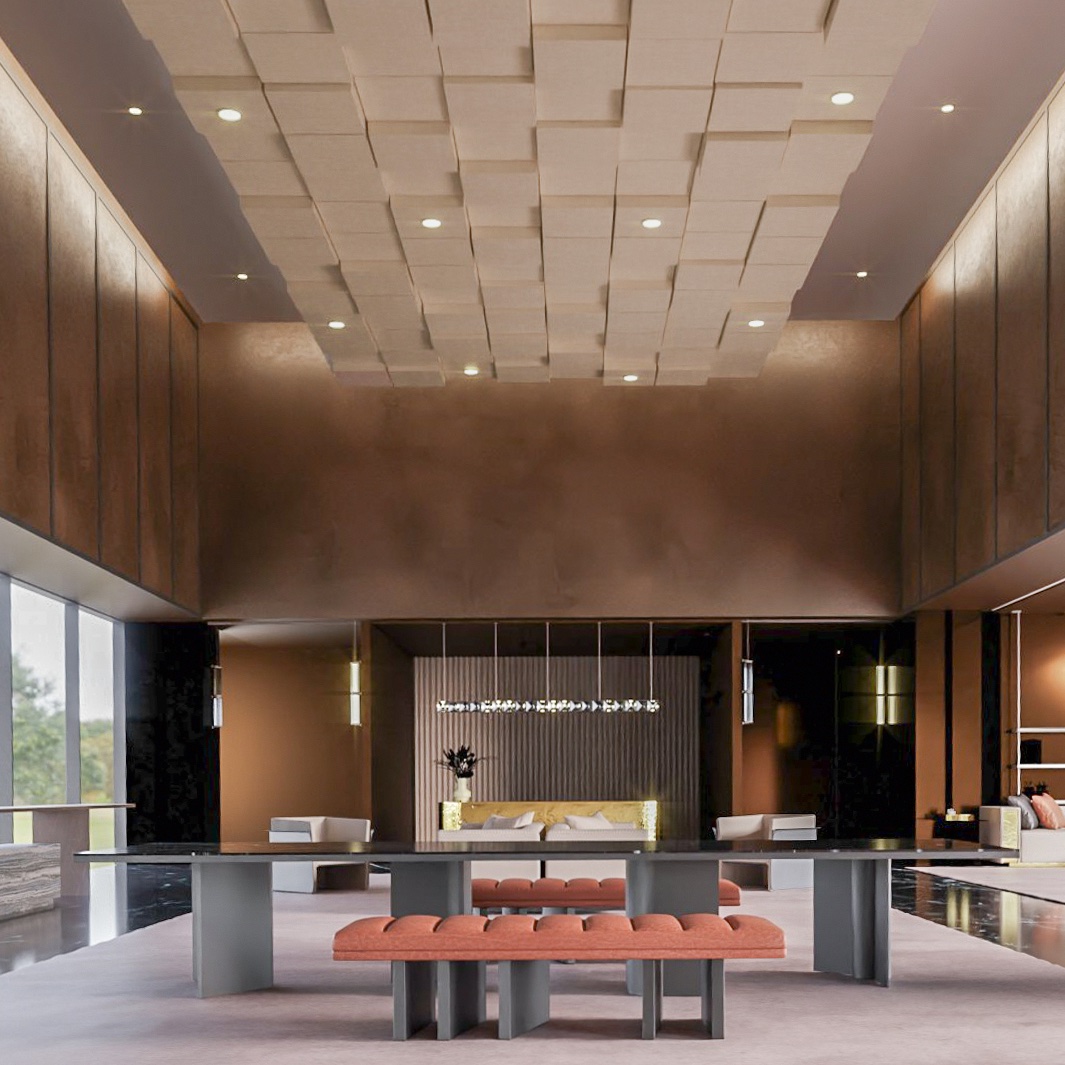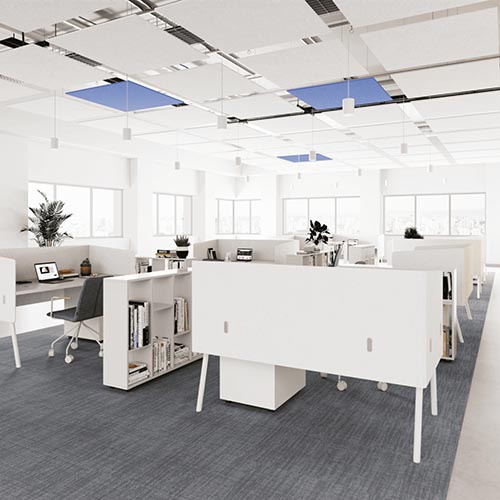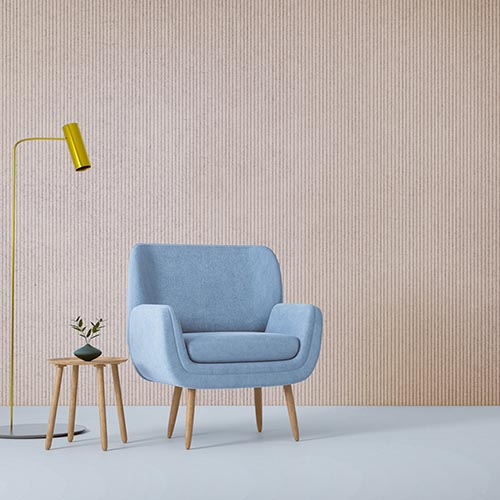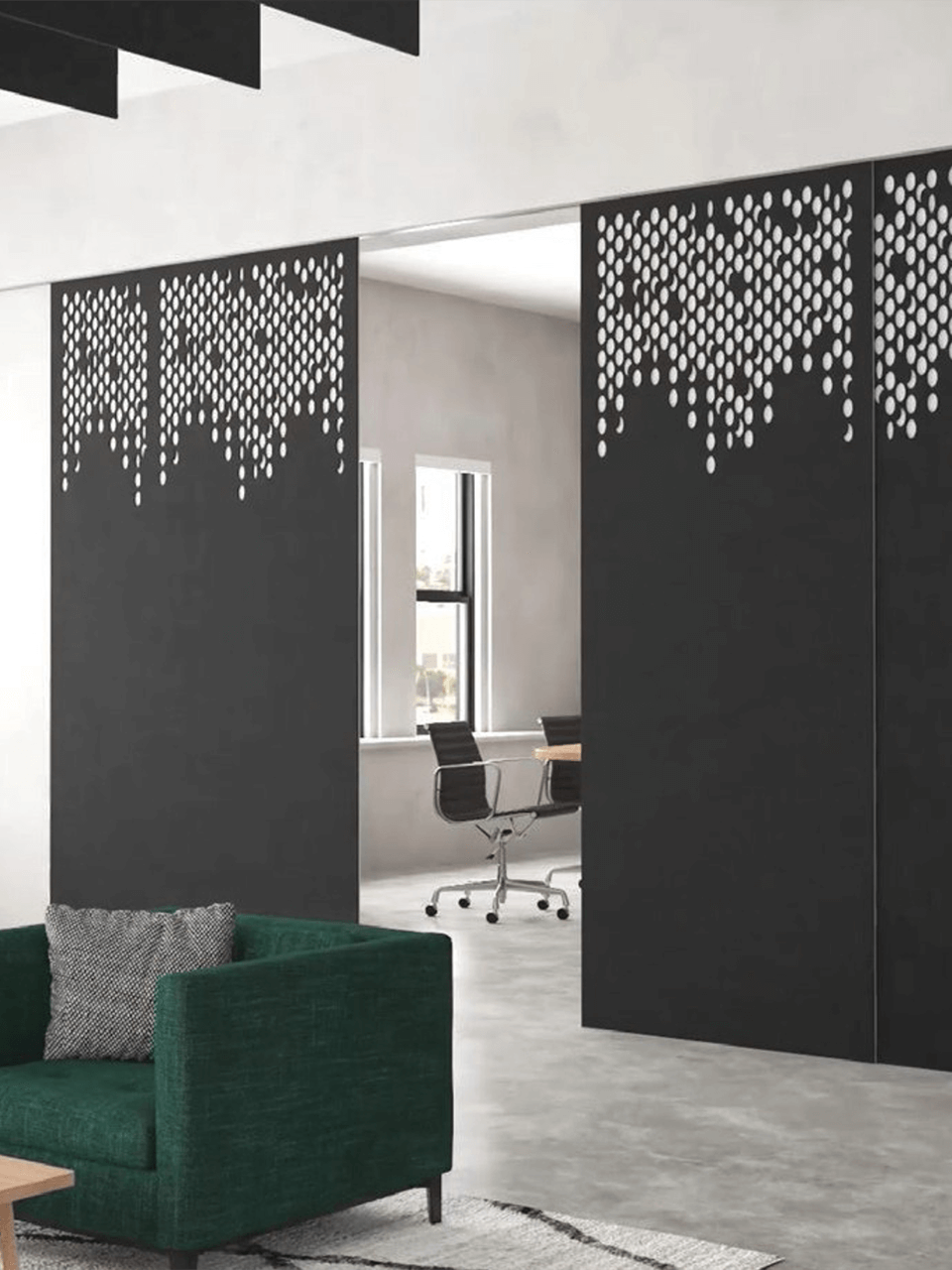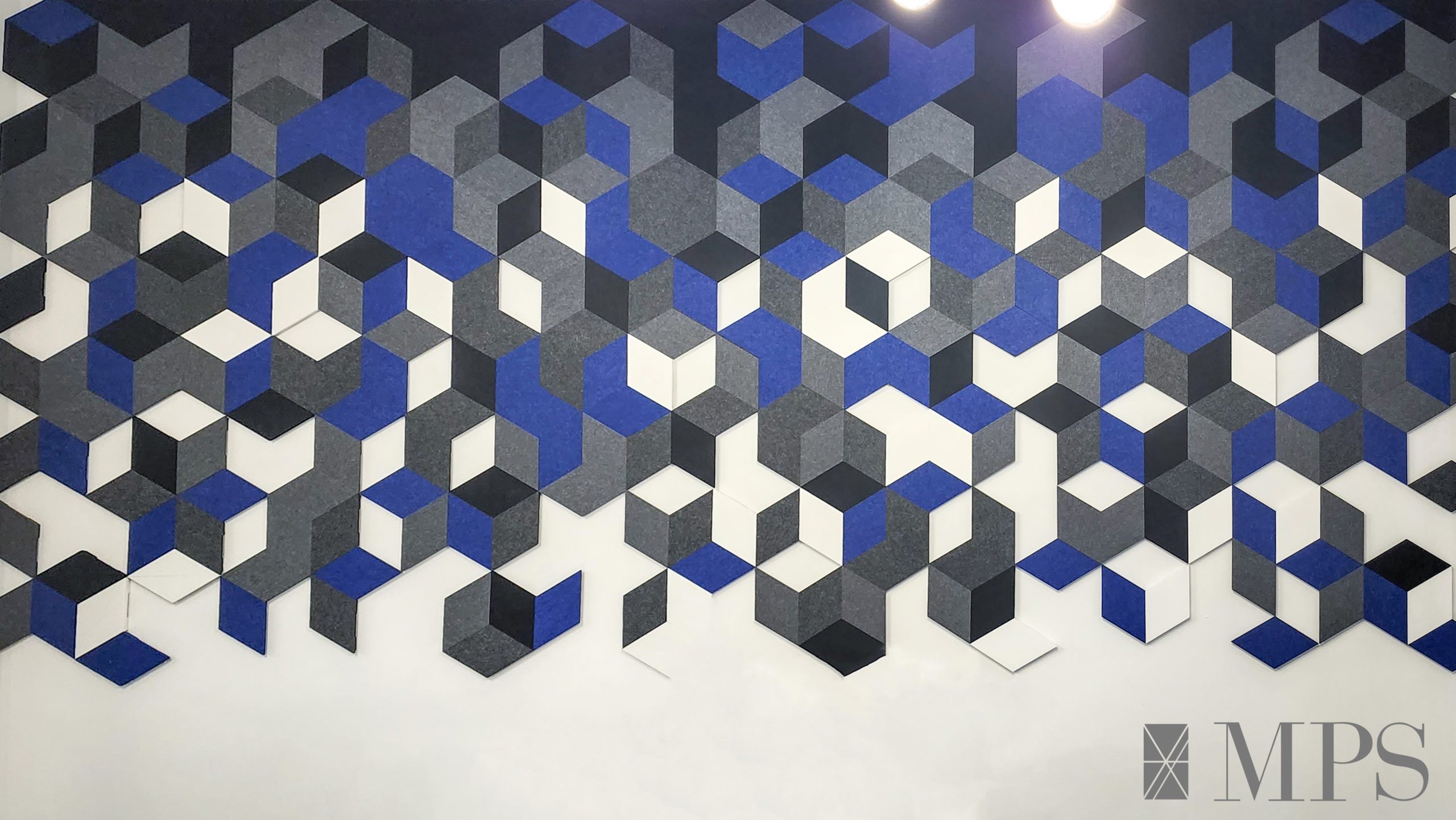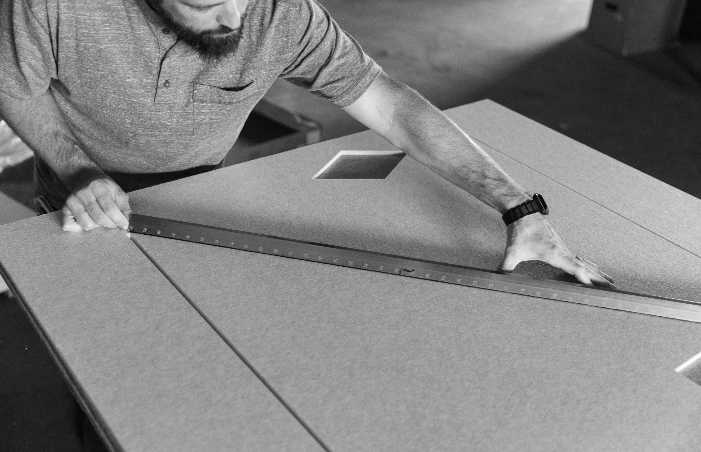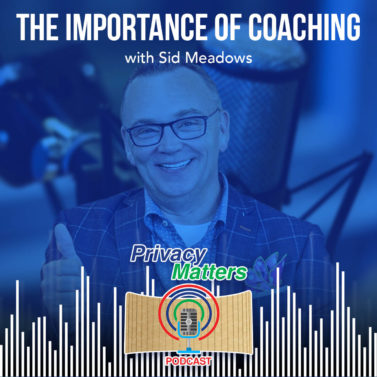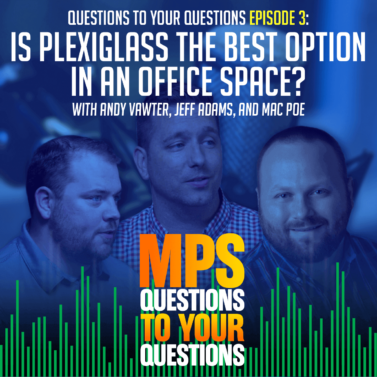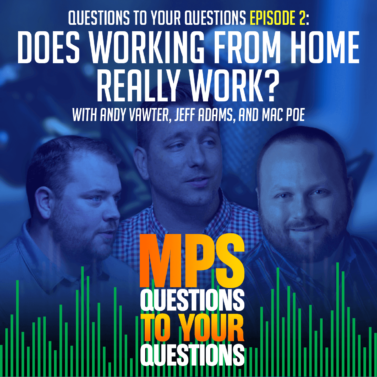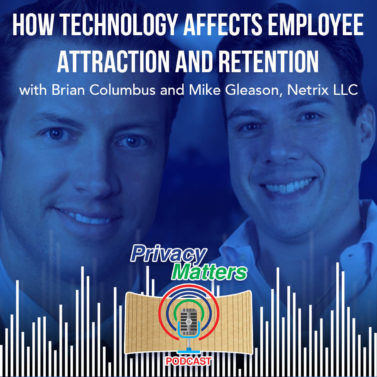Questions to Your Questions Episode 4: Do Acoustics Still Matter?
Andy Vawter, Jeff Adams, and Mac Poe continue the discussion in our latest podcast series, “Questions to Your Questions.”
Andy Vawter [00:19]:
The next question is the one that is near and dear to my heart, as well as yours. Of course, the shameless plug. But I think it’s a good question because acoustics has always been one of the biggest challenges. You said in one of the early episodes that open office acoustics was a problem. Well, COVID jumped acoustics for a priority pretty quick, right? The question is, “does acoustics still matter?” And we know right now, a lot of people were working from home and, based on some of the requests we get from people who are working from home, acoustics is a problem at home. But in the office, does acoustics still matter?
Jeff Adams [01:02]:
Do you like noise, privacy, and distractions? And if your answer is yes, then maybe acoustics doesn’t matter so much. But I have found very few people that really like noise privacy, or I guess, lack of privacy and distractions.
Andy Vawter [01:17]:
When you think about it, a lot of people are working from home in a more quiet area. You have kids. Just like you mentioned, your house. I’m used to being distracted, but you don’t really have that when you work from home. It’s quiet and focused.
Mac Poe [01:39]:
Mine’s actually a little too quiet in the way that the little things that I didn’t really pay attention to like typing. Of course, my dog drank water on the water bowl and then threw it up afterward on accident. But all of those things we’re going to be biased, right? Sound masking, anytime in our offices here, when it turns off, what do we all do?
Jeff Adams [01:58]:
I mentioned my chair’s sound. I grabbed a demo kit to bring home to the office. It’s the two things I had to have. I couldn’t work with them.
Mac Poe [02:06]:
A hundred percent. I had to download an app. But what’s been interesting to me throughout this process is because of some people working from home or maybe the office is at 20% capacity what’s happened because of that. Some of the folks may be the leadership team, specific departments who are in the office, who are having to have conference calls, and Zoom meetings with high-level teleconferencing equipment. They left the office and now when their audio quality is extremely important in those settings. Now things are starting to come out like, “Oh, well our conference room is really uncomfortable to have a meeting in because the echoes are very bad. We have these beautiful glass walls and great art on the wall, but there’s nothing in that room to sort of dampen some of the sounds that are just reverberating around.” Or even to the same tone, but maybe in an open office area. One day, you could have 50% capacity, and the next day you could have 25% capacity. As three of us know that creates two totally different acoustic environments, which still need to be addressed
Jeff Adams [03:05]:
Well. You’ve been used to working from home where you either have way too much noise or not enough noise. It’s a culture shock to go back to the office
Andy Vawter [03:14]:
Acoustics mattered before, but I think it’s actually going to matter even more now because people are so used to working in a quiet space and kind of having their own time. Now, as we start to bring people back, they’re all going to be, “Oh, I forgot what it was like to have to hear Tom talk all day long.” They’re gonna be much more heightened sensitivity towards distractions. Like you said, heightened sensitivity towards acoustics in conference rooms and video conferences and all those things that we’re getting used to doing at home. Then once we get back to the office, we’re going to start nitpicking. All of us get used to being at home.
Mac Poe [03:53]:
You two obviously don’t have kids, but you do. There’s a whole list of distractions and issues that come with that, at least when you’re trying to work, right? Probably 70% would be the number I would assume is that people that are working from home probably have a decent acoustic environment compared to the concrete floor, exposed ceiling, open workstation environment that they’re used to. We come back to the office and we get a little more comfortable, right? We got the sound masking back. We have our panels to absorb sound, but they’re going to go back to the office saying, “Oh gosh, this is so horrible.”
Andy Vawter [04:37]:
I think I agree with you guys. It’ll be interesting to see how far into second place it is behind COVID where everybody knows it’s an issue, but do they care about that as much as they care about dividers or sanitation stations.
Jeff Adams [04:56]:
A lot of conversations that I’ve been having have really revolved around marrying those two concepts. As we talked about in the last question, a lot of people are looking into hard surfaces, which we know can really wreak HAVOC on acoustics and can make things louder and more echoey. So what we’ve worked really hard to do here at MPS is to combine how we have acoustical products that can be used as COVID era products to help handle the COVID concerns that everyone’s wrestling with as they approach getting back to the office. It really makes a nice transition. Now you not only have a COVID safe office, but you’ve got an acoustically sound off.
Andy Vawter [05:41]:
That’s a great point and that’s exactly what we’re trying to do because that helps the customer get to kill two birds with one stone by solving a couple of different problems with a single product. We preach that all day long. If we’re going to answer anyone’s question of all these questions. Acoustic still does matter, apparently.

